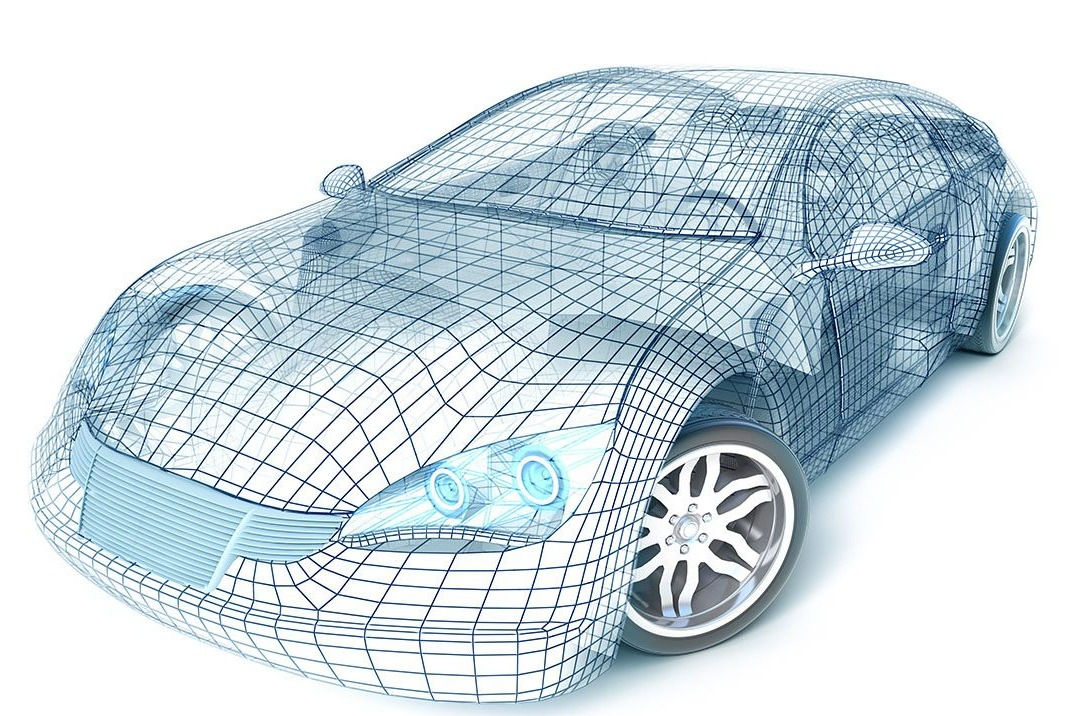
Powder Bed Fusion
-
Metallic powder bed
-
High power laser beam
-
Thermal-mechanical coupled implicit analysis
-
Spring-back analysis
-
Numerical modeling
-
Material law: Temperature-dependent plasticity model
-
Numerical method: Additive adaptivity
-
-
Ongoing research and development
-
Microscale-embedded plasticity model and experimental characterization
-
Ellipsoidal heat source model is used as regularization of high power laser beam. Molten pool characteristics are captured by adjusting the model parameters according to experimental data at the current stage.



5mm/s, 1.75kw

1cm/s, 3.5kw
Molten pool has very high gradient in temperature field, which requires high resolution of numerical discretization for more accurate material modeling. Adaptive refinement balances the accuracy and computational cost.



Additive process is modeled by adding material volume elements and adaptively reconstructing the numerical model in macroscopic level. The robustness of remeshing and the accuracy of remapping internal variables are the key.




Complex printing path can be applied when using additive adaptivity with local mesh refinement and high order remapping scheme to transfer thermal and mechanical variables.
The following is an example of 3D printed gear component.
-
Total printing time 300sec
-
Implicit time step size 0.1sec
-
Adaptive time interval 0.5sec
-
Computational time 1.5hrs by 8CPUs


von Mises stress



Temperature



Temperature
von Mises stress

Spring back


von Mises stress
Resultant displacement
Combined with the inherent strain method, the residual stress and distortion of the products with complex geometry through 3D printing process can be fast estimated to speed up design cycle.


Applying inherent strain layer by layer with consideration of printing pattern
Spring back analysis
von Mises stress and distortion

